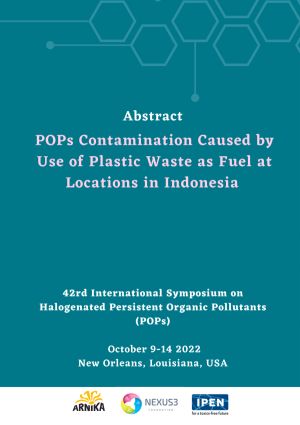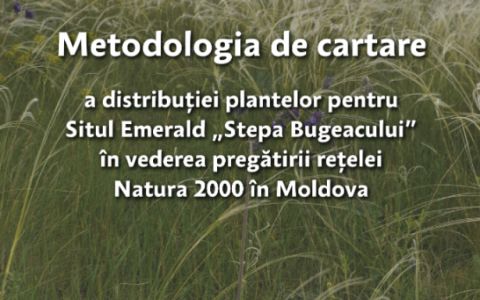Many toxic additives in plastic waste can leak into the environment when disposed of or burned, including chemicals listed in the Stockholm Convention (SC) such as polybrominated diphenyl ethers (PBDEs), hexabromocyclododecane (HBCD), short-chained chlorinated paraffins (SCCPs) or perfluorooctane sulfonate (PFOS). Other toxic chemicals are generated when plastic waste is incinerated as fuel, including those listed as unintentionally produced POPs in Annex C to the Stockholm Convention, for example, polychlorinated dibenzo-pdioxins and dibenzofurans (PCDD/Fs), dioxin-like PCBs (dl PCBs), hexachlorobenzene (HCB) or pentachlorobenzene (PeCB). Contamination by all these chemicals was documented recently at sites where various plastic wastes are burned or incinerated in developing countries, e.g. Ghana, Cameroon, Kenya, Tanzania, Kazakhstan, China, Thailand or Indonesia. In Indonesia, plastic waste imported from developed countries is often used as fuel in the production of tofu or lime. We focused on mapping pollution by POPs in villages of Karawang Regency, West Java, at sites affected by using plastic and rubber waste (including used tires) as a fuel in lime kilns.
POPs Contamination Caused by Use of Plastic Waste as Fuel at Locations in Indonesia
International Activities
In order to ensure a better and healthier future for as many people as possible, we share our know-how and protect the environment and environmental rights regardless of geographical location.
Armenia: For the clean development of regions Guardians of Moldovan nature Bosnia and Herzegovina: Jewels of nature Clean air for Ukraine Clean air for Georgia Toxic pollution in Thailand Transparent pollution control in Indonesia Climate change in Kazakhstan Eko.ba Cleanair.org.ua Ecocitizens.kz Stop-persecution.org Air Pollution in Kazakhstan Ecoge.org






